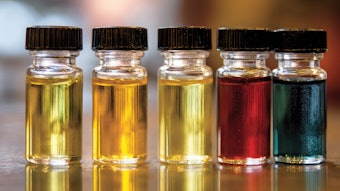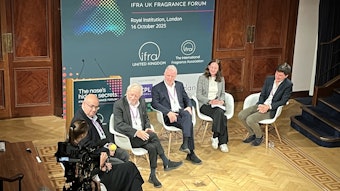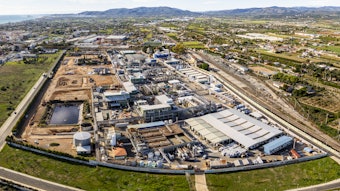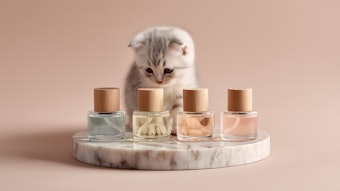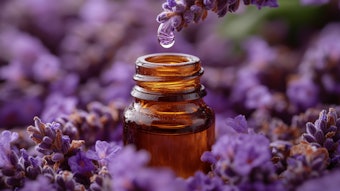Indole’s long history of use in our industry results in a familiarity that allows many of us to consider it just another aroma chemical. Its early identification in jasmine flowers (along with benzyl acetate) has developed a tradition of its use in floral compositions. It finds its way into most floral creations. Indole is one of the first heterocyclic materials that became available to our industry, and is thus a member of a family of potent aroma chemicals that include the pyrazine subclass responsible for revolutionizing the flavor industry over the past two decades. Indole is often used in conjunction with benzyl acetate, but for every kilogram of benzyl acetate employed in the flavor and fragrance industry, only about 5 grams of indole are used.
The best guide to a superior-grade indole is pure white crystals with a melting point above 52°C and very low heavy metal analysis, particularly regarding iron content.
Indole presents a dual organoleptic profile, or, to state it another way, a Dr. Jekyll and Mr. Hyde nature. In very low concentrations, 200 ppm to about 0.01%, indole shows a brilliant, radiant, powerful floral effect which recalls jasmine and tuberose. However, when the indole concentrations reach 1% or greater, especially when neat, an aggressive, repulsive, overpowering fecal-decaying impression is encountered. In the 0.01-1% range, indole sometimes is used in special corps formulations such as jasmine fragrances, but even then, the end formulas’ levels usually realize concentrations below 1%.



